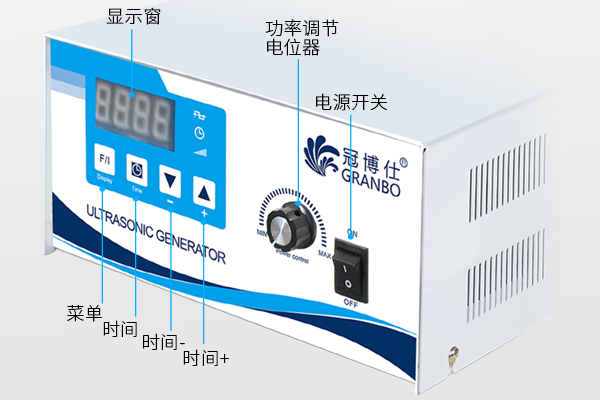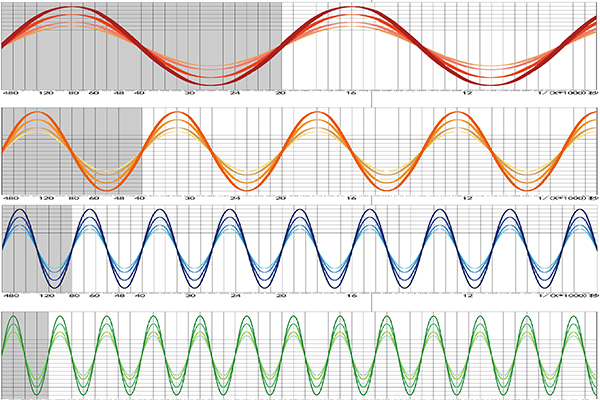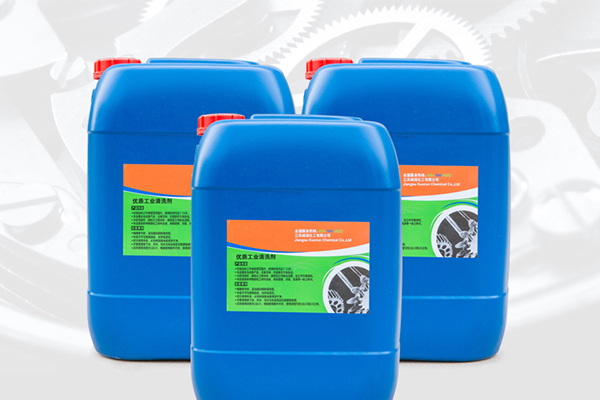In the ultrasonic cleaning, when the ultrasonic cleaning to a certain frequency still can not achieve satisfactory cleaning effect, if the workpiece to remove the impurity particles are large, it may be insufficient ultrasonic power. Generally increase the ultrasonic power to solve the problem; but on the contrary, if the impurity particles to be removed from the workpiece is very small, no matter how to increase the power, can not meet the cleaning requirements. The reason is that when the liquid flows over the surface of the workpiece, a sticky film will be formed.

At low frequencies, the sticky film is generally very thick, with small particles buried inside. No matter how high the ultrasonic power (intensity) is, the cavitation bubbles cannot come into contact with the small particles and therefore cannot remove them; while when the ultrasonic frequency increases, the thickness of the viscous film decreases and the cavitation bubbles generated by the ultrasonic waves can come into contact with the small particles and strip them from the workpiece surface. Therefore, low-frequency ultrasound is very effective in removing large particles of impurities, but poor in removing small particles of impurities. In contrast, it is high frequency ultrasound that is particularly effective in removing small particle impurities.
Generally speaking, 28KHZ frequency cleaning machine is mostly used for cleaning hardware, machinery, automobile and motorcycle, compressor and other industries. Optical photoelectric cleaning, circuit board cleaning and other more use 40KHZ frequency. High frequency ultrasonic cleaning machine is suitable for computer, microelectronic components of fine cleaning. Megahertz ultrasonic cleaning is suitable for integrated circuit chip, silicon wafer, wave chip cleaning, can remove micron-level, submicron dirt will not cause any damage to the cleaning parts.
For some cleaning applications (such as liquid crystal, semiconductor, etc.), the use of traditional frequency not only can not meet the cleaning requirements, and may cause damage to the workpiece.




